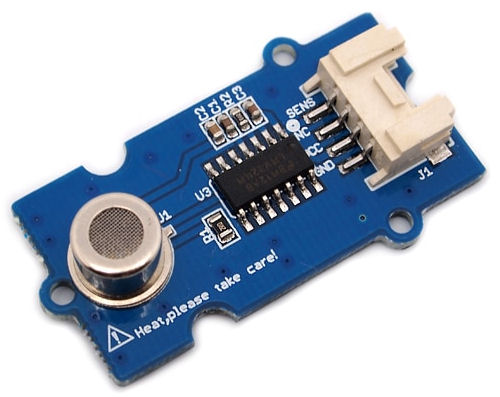

We are testing a number of air quality sensors, including this Grove MP503 sensor. This sensor is designed for comprehensive monitoring of indoor air condition. It is responsive to a wide scope of harmful gases such as carbon monoxide, alcohol, acetone, thinner, formaldehyde, etc. Due to the measuring mechanism, this sensor can't output specific data to describe target gas concentrations quantitatively but, it is good enough to be used in applications that require qualitative results, such as air cycling systems.
We are using these sensors to automate extractor fans in rooms. We also get notifications when the air quality is not good. Our alarm may also be activated if air quality is poor or very poor.
More advanced air quality sensors monitor the levels of particulates in the air.
If all you need is an idea of air quality in your locality, because you suffer from asthma or hay fever, then there are good sources of this information on-line and our contextual smart home accesses and tracks air quality and pollen counts locally, providing a warning if they are high.
We use common models for all the sensors and all the types of sensors connected to our Home Control System. Combined with technology abstraction this means that any sensor added inherits all the capabilities supported by each model and our smart home. Essentially, every sensor connected becomes instantly very smart. They can all generate based on absolute values, rate of change, upper and lower limits, etc.
Air quality is modelled as one of: good, fair, poor and very poor.

Our @smartest_home tracks information sources on air quality and pollution and will send us notifications if they are high. It also occasionally tweets about the pollution levels.